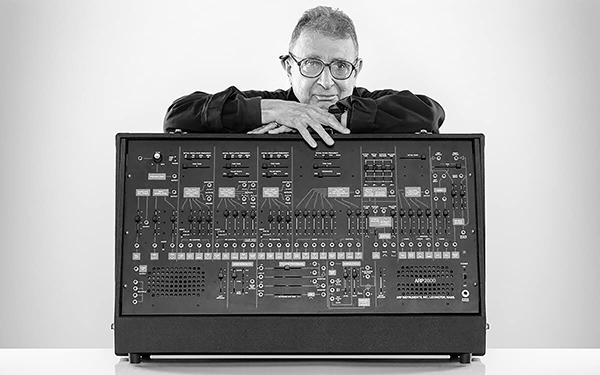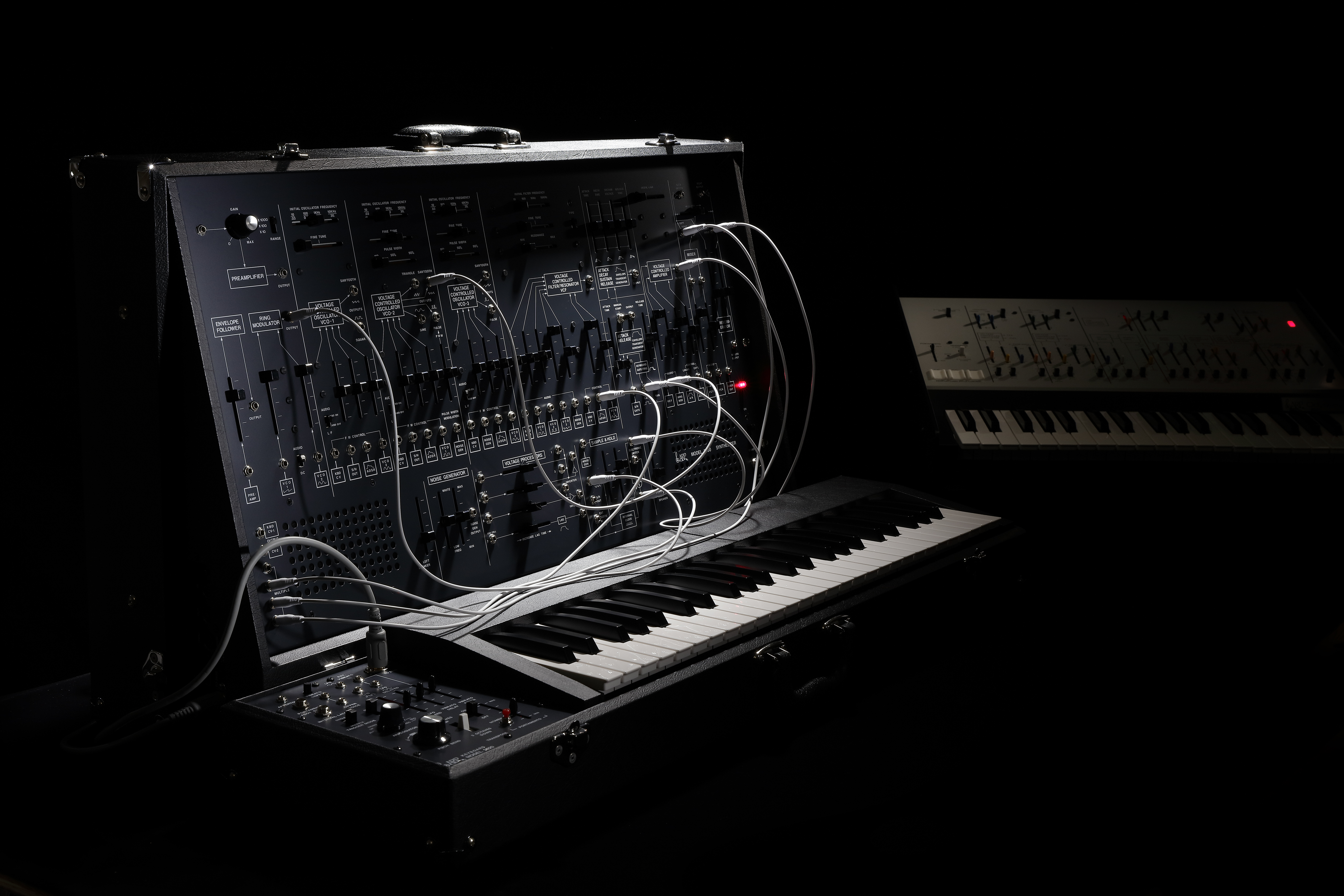Then in 1972 came the appearance of the ARP Odyssey, another iconic instrument from ARP.
The ARP Odyssey is a duophonic unit with two VCOs, most notable for its sharp sound and the versatile sound-creating possibilities that were not easily available on other small synthesizers of the time. With functions and modulation options such as oscillator sync, sample & hold, pulse width modulation, high-pass filter, and two types of envelope generator, it featured a rich array of sound-generating potential not provided by other companies.
The ARP Odyssey's signal path had a major impact on synthesizer manufacturers that followed. It became the standard for subsequent eras, influencing even the polyphonic and digital synthesizers that were to come later.
Like the 2600, the ARP Odyssey also experienced three different revisions over the course of its production lifetime.
The white model 2000 produced during 1972—1974 is known as the Rev1, the black model 2810 produced during 1975—1976 is the Rev2, and models 2820—2823 with their black panel and orange printing produced during 1978—1981 are called Rev3.
The main difference between these models was their design and their connection jacks, but also in the filter circuit that has such a great impact on the sound; this meant that different models of the ARP Odyssey would produce sounds of differing nuances.
The ARP Odyssey was acclaimed for its tight sound and sound-creating versatility, and was used by many musicians including Herbie Hancock, George Duke, John Lord, Kraftwerk, and YMO. It is responsible for many songs that remain historical classics, and giving birth to new types of music.
The ARP Odyssey was acclaimed for its tight sound and sound-creating versatility, and was used by many musicians including Herbie Hancock, George Duke, John Lord, Kraftwerk, and YMO. It is responsible for many songs that remain historical classics, and giving birth to new types of music.

 ARP 2500(1970)
ARP 2500(1970)
 ARP 2600 (1971)
ARP 2600 (1971)
 ARP Odyssey Rev1 (1972 - 1974)
ARP Odyssey Rev1 (1972 - 1974)
 ARP Odyssey Rev2 (1975 - 1976)
ARP Odyssey Rev2 (1975 - 1976)
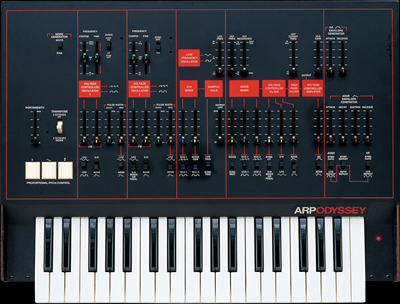 ARP Odyssey Rev3 (1978 - 1981)
ARP Odyssey Rev3 (1978 - 1981)
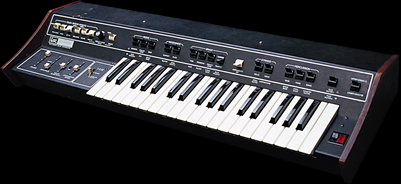 ARP Pro Soloist (1972)
ARP Pro Soloist (1972)
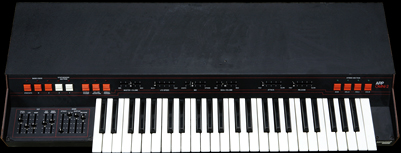 ARP Omni 2 (1975)
ARP Omni 2 (1975)
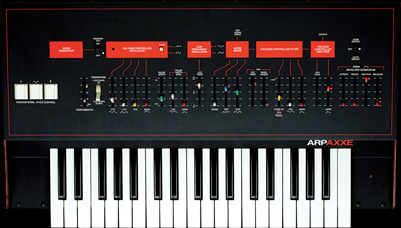 ARP Axxe (1975)
ARP Axxe (1975)
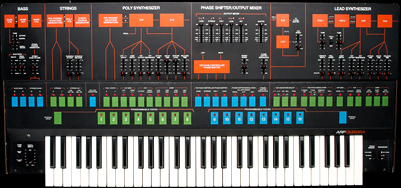 ARP Quadra (1978)
ARP Quadra (1978)
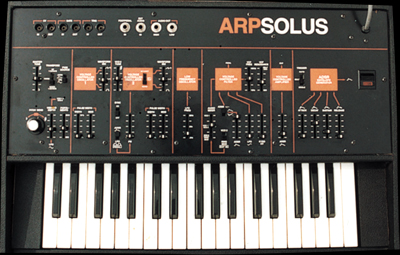 ARP Solus (1980)
ARP Solus (1980)
